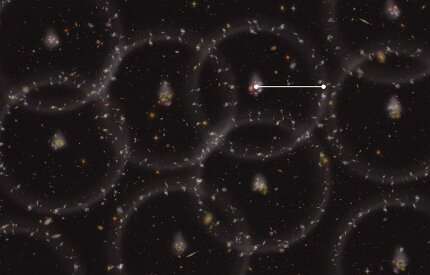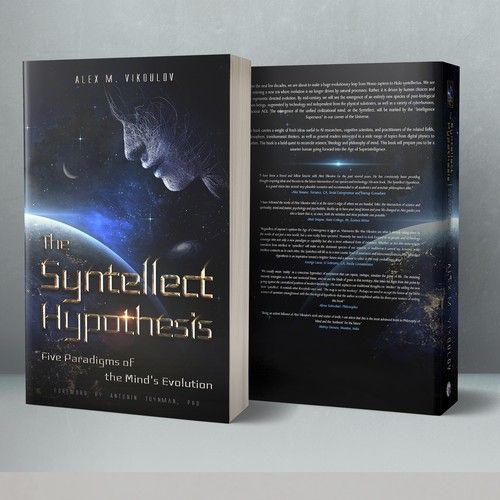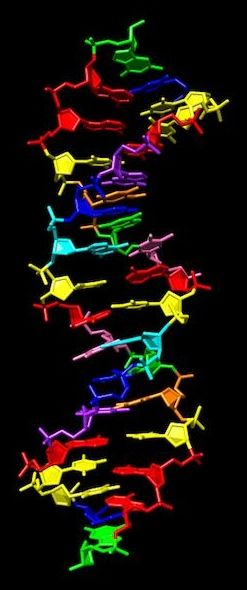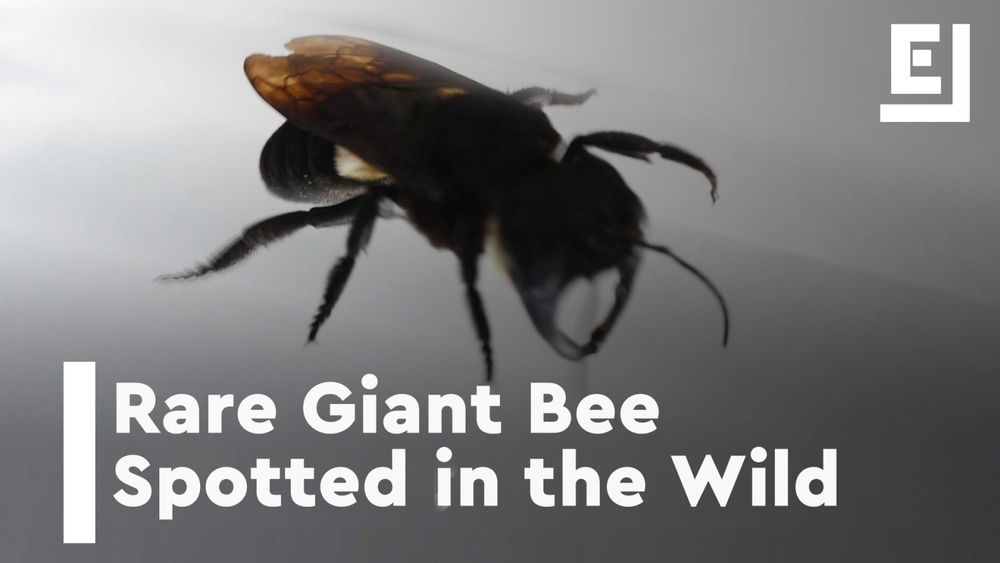Archive for the ‘evolution’ category: Page 126
Feb 27, 2019
Siberia’s ancient ghost clan starts to surrender its secrets
Posted by Genevieve Klien in category: evolution
A mysterious group of extinct humans known as Denisovans is helping to rewrite our understanding of human evolution. Who were they? A mysterious group of extinct humans known as Denisovans is helping to rewrite our understanding of human evolution. Who were they?
Feb 26, 2019
Neutrinos seen in the clustering of galaxies
Posted by Genevieve Klien in categories: evolution, particle physics
In early times, the universe was an energetic mix of strongly interacting particles. The first particles to break free from this dense soup were neutrinos, the lightest and most weakly interacting particles of the Standard Model of particle physics. These neutrinos are still around us today, but are very hard to detect directly because they are so weakly interacting. An international team of cosmologists, including Daniel Baumann and Benjamin Wallisch from the University of Amsterdam, have now succeeded in measuring the influence of this ‘cosmic neutrino background’ on the way galaxies have become clustered during the evolution of the universe. The research was published in Nature Physics this week.
Feb 25, 2019
Fighting Aging With Stress, Randomness, Complexity and Usefulness — Dr. Marios Kyriazis — Ira Pastor
Posted by Ira S. Pastor in categories: aging, bioengineering, biological, bioprinting, biotech/medical, cosmology, DNA, evolution, genetics, health

Feb 23, 2019
U.S. Transhumanist Party Virtual Meeting and Q&A — February 2019
Posted by Mark Larkento in categories: education, evolution, geopolitics, life extension, transhumanism

U.S. Transhumanist Party Virtual Meeting and Q&A – Saturday, February 23, 2019, at 6 p.m. U.S. Pacific Time. Join us for an extensive 2-hour discussion! Watch it and view the agenda here:
The U.S. Transhumanist Party invites many of its Officers and Ambassadors to discuss recent activities and plans for 2019, including the upcoming Presidential nomination process. The meeting will include a question-and-answer portion where inquiries from members and the general public will be addressed.
Continue reading “U.S. Transhumanist Party Virtual Meeting and Q&A — February 2019” »
Feb 22, 2019
Masterpiece: “The Syntellect Hypothesis”
Posted by Alex Vikoulov in categories: alien life, evolution, life extension
Foreword to the Syntellect Hypothesis.
I had the honour of writing the foreword of Alex Vikoulov’s recently published masterpiece and bestseller “The Syntellect Hypothesis”. Hereunder you can read my foreword:
“If you picked up this book, it is not unlikely that you may have heard of the early 20th century philosophical movement of Cosmism. This movement, which originated in Russia, was striving for conquering the planets and stars, for radical life extension, immortality and resurrection of our loved ones by the means of technology. Perhaps one of its most important pioneers was Konstantin Tsiolkovsky, whose aspirations did not only venture into the realm of the Macro, but also explored the Micro. He spoke of the atomic world as being animated and can thus be considered a kind of cosmist-panpsychist.
Continue reading “Masterpiece: ‘The Syntellect Hypothesis’” »
Feb 22, 2019
Hachimoji DNA doubles the genetic code
Posted by Genevieve Klien in categories: bioengineering, biotech/medical, evolution, genetics
Researchers in the US have built an “alien” DNA system from eight building block letters, so expanding the genetic code from four and doubling its information density. The new system meets all of the requirements for Darwinian evolution and can also be transcribed to RNA. It will be important for future synthetic biology applications and expands the scope of molecular structures that might be capable of supporting life, both here on Earth and more widely in the universe.
One of the main characteristics of life is that it can store and pass on genetic information. In modern-day organisms, this is done by DNA using just four building blocks: guanine, cytosine, adenine and thymine (G, A, C and T). Pairs of DNA strands form a double helix with A bonding to T and C bonding to G.
Four more building blocks .
Feb 21, 2019
World’s Biggest Bee, Once Thought Extinct, Has Been Found Alive
Posted by Quinn Sena in category: evolution
A black, thumb-sized missile sails through the jungle air, a thunderous buzzing announcing its arrival. The massive insect lands heavily on a tree-bound termite nest, taking a moment to fold its brassy wings and stretch its humongous, curved jaws. This is Wallace’s giant bee, the beefiest and bumbliest bee on Earth. After going missing for nearly four decades, the species has just been rediscovered in its native Indonesia.
Wallace’s giant bee (Megachile pluto) gets its name from its original discoverer, Alfred Russel Wallace, the British naturalist famous for independently conceiving the theory of evolution through natural selection alongside Charles Darwin. Wallace collected the bee while on an expedition in Indonesia’s North Moluccas islands in 1858, describing it as a “large black wasp-like insect, with immense jaws like a stag-beetle.” The tiny titan then went more than a century without being spotted by Western scientists, only seen again by entomologist Adam Messer in 1981, who was able to observe some of its behavior on a number of small islands. But since then, no one had documented any encounters with the huge bee.
Feb 21, 2019
Is Immortality Possible?
Posted by Paul Battista in categories: biotech/medical, evolution, life extension

Firstly, it greatly depends on how you define immortality. If you define it as living forever and being indestructible as in a comic book, then, no, it is highly unlikely. However, if you define it in terms of showing no decline in survival characteristics, no increase in disease incidence and no increase in mortality with advancing age, then yes. The first is a science-fiction fantasy; the second is based on real-world biology that evolution has already selected for in certain species. We call this state negligible senescence.
Senescence and negligible senescence
Feb 20, 2019
Science Saturday: Multi-Level Selection Theory | Razib Khan & David Sloan Wilson [Science Saturday]
Posted by Xavier Rosseel in categories: evolution, science
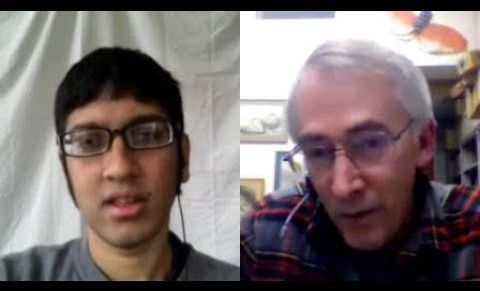
Looks like an interesting new book.
01:34 Group selection: what it is and why it’s controversial
16:58 David defends group selection against its strongest critics.
28:09 Does group selection have a socialist dark side?
38:21 Razib on how a scientist went in a “dark direction”
47:19 Using evolutionary science to solve real-world problems.
56:23 How understanding evolution can make you a better teacher.


